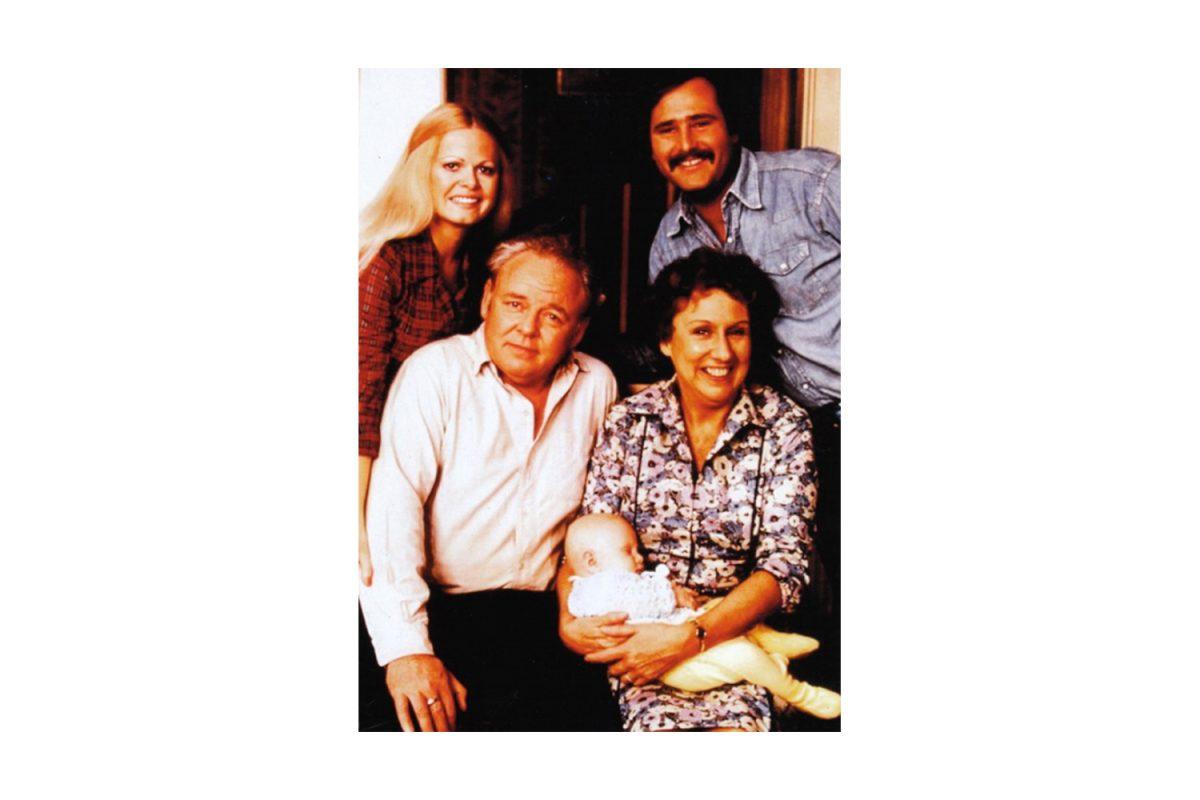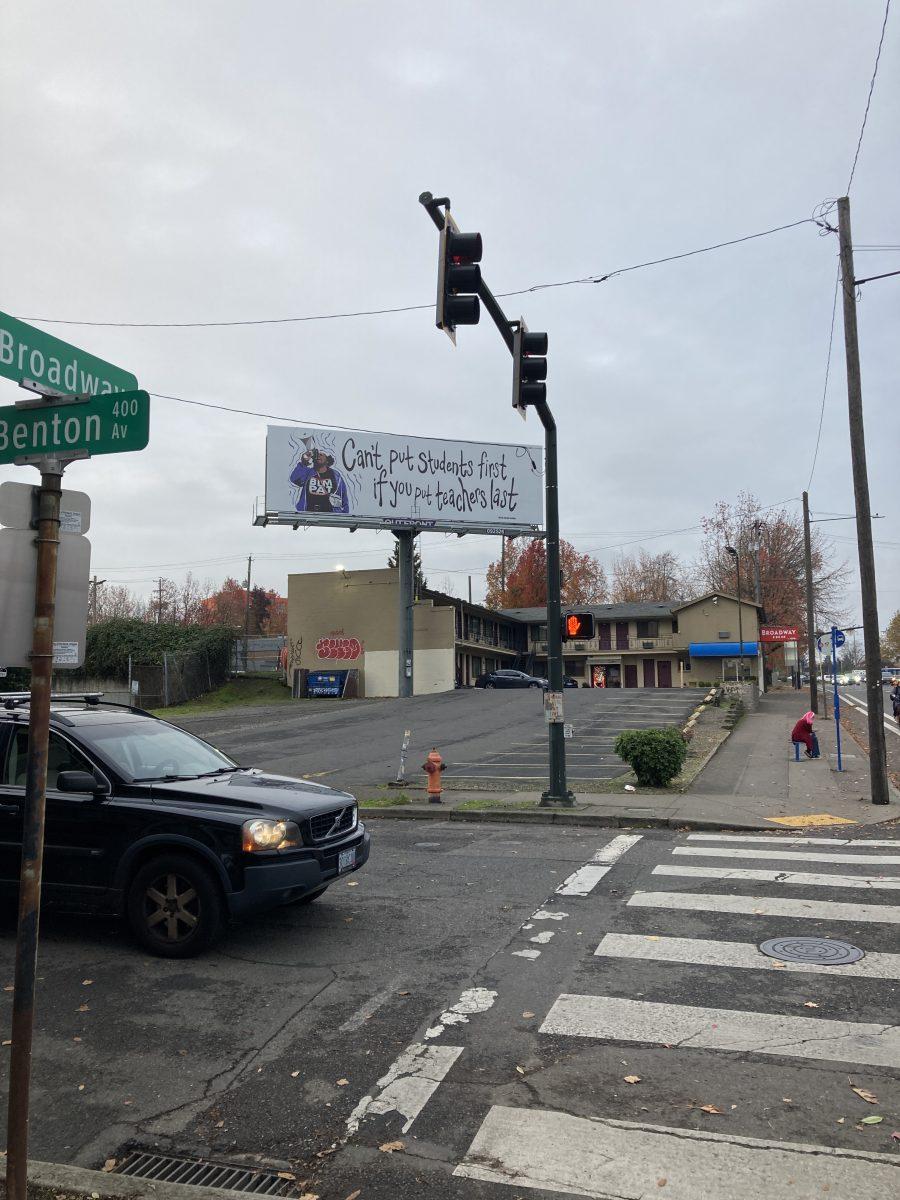A loud clunk sounded by the front door, signaling the delivery Margot Leonard had been waiting for. She tore open the thick yellow envelope from California Cryobank and eagerly began flipping through the pages of the catalog.
She sat down on the couch and scanned through the thin columns where each qualified man had five facts about himself. Her short list of requirements included someone athletic, tall, and with academic valor and a creative side.
Leonard narrowed her options down to a top seven. For $2 each, she bought more detailed profiles from the cryobank, each handwritten by the anonymous donors. She immersed herself in the words about their favorite foods, hobbies, hopes and dreams.
Afterward, she knew whose sperm she wanted in creating her future child. Donor #5114.
Fast-forward to 2014. Nicholas Leonard, a Grant High School freshman, is the result of Margot Leonard’s sperm donor. And he’s part of a generation that’s being touted in popular culture with movies like “Delivery Man,” starring Vince Vaughn, and the MTV series “Generation Cryo.” Many of these portray “donor kids” as being in a constant search for their fathers and feeling incomplete without a dad.
But Margot and Nicholas Leonard provide an opposing perspective to the Hollywood portrayal. Nicholas Leonard, 15, is an example of a donor-conceived child of a single parent who is anything but lonely. Besides his large network of friends and family, Leonard also has 21 half-siblings, all of whom were conceived from the same sperm donor.
Some of his siblings came in contact with Leonard online in 2011. The large group is scattered across the U.S. and they decided to meet up. “I think people are scared to meet other kids,” Nicholas Leonard says.
In most cases, it’s rare to have so many siblings from a sperm donor meet. But it caught the attention of the California Cryobank and a documentary on them was created.
The California Cryobank was originally created to help infertile men and their spouses create a family of their own through artificial insemination. Today, it’s still used for couples with infertility problems, but its market has expanded to lesbian couples and single mothers.
The cryobank recruits potential donors from top-tier universities, where applicants are tested for health and high-quality sperm. “Typically, the most important thing is health,” says Scott Brown, the communications director for the cryobank. “This means STD screening and a family history.”
“Nick became the most important thing immediately.” – Margot Leonard
In the end, he says, it’s about a connection that people make to their potential donor. “It just clicks,” he says.
Although only one percent of applicants are eligible to become donors, they earn $100 per donation. They are restricted to a maximum of 25-30 families. The restriction has to do with how many families the donor can donate to, not a specific number of children. It’s common for the donors, who are normally college age, to use the money they earn to pay off student loans or other expenses.
Since the time Margot Leonard purchased sperm from the California Cryobank, the organization has transitioned to functioning completely online. Customers can purchase a variety of information on donors, such as two-page profiles with their past and current jobs, field of study, interests and hobbies, and goals and aspirations.
The next step is to purchase a family medical history and an audiotape where the donor repeats the information on his profile, and explains any poor health conditions in his family’s history. With the click of a mouse, each new piece of information increases the costs.
Recently, the cryobank has added a feature where you can send a picture of a desired male or a current partner, and they will select a donor that looks similar.
Finding the right donor was no easy task for Margot Leonard.
In September 1997, she was 37 and still hadn’t found love. “I really wanted a kid,” she recalls. “And I didn’t want to slum around in a bar to meet someone to get pregnant.”
She had a friend who successfully conceived a child through a sperm donor, so she called the California Cryobank. Officials sent her the free catalog. After a few weeks of searching, she found Donor 5114. He was an architect who was part English, part German. He was athletic, 6-foot-1 and dabbled in guitar.
“At some point during the process, it just clicked and this was the guy and nobody else,” Margot Leonard says.
She says she was won over when she saw that his biggest hero was his older brother and that he had lofty aspirations. His favorite food was green chile, just like hers. “I had no eyes for any other anonymous person,” she laughs.
Confident she was going to get pregnant, she only ordered one dose of 5114’s sperm. This was a risky decision, seeing as it can take as many as four doses to impregnate many women. The donation arrived at her doctor’s office a week after she ordered it, safely swaddled in a liquid nitrogen tank.
Leonard met with the fertility doctor and soon after she was artificially inseminated with 5114’s sperm. She became pregnant, but later miscarried. “That was awful because I knew I was pregnant, then obviously I wasn’t,” she recalls.
She called the cryobank and they told her there was no more sperm from 5114. “I burst into tears,” she remembers. “I felt so lost because I had really set my heart on that. I had to rethink the whole process.”
So she ordered another catalog from the cryobank and began another search. The next donor she chose had similar credentials, but was Spanish. He looked good, but he was no 5114. His sperm was slow moving, so her two attempts at pregnancy failed.
When she called to tell the cryobank of the failure, they had good news. Donor 5114 was back. His sperm arrived in late May 1998 and she was pregnant shortly after. “I became a happier person because I wasn’t worried about the fact that I didn’t have a relationship,” she says.
Once she hit her third trimester, she attended weekly birthing classes with her business partner, Chris Hollern. He was one of the many friends who were there when Margot Leonard gave birth to her son Nicholas on Feb. 27, 1999.
Life as a single parent was challenging. When Nicholas Leonard was born, his mom owned two restaurants, Bemma and Holden’s. She sold Bemma in 2000 so she could spend more time with her son.
Each morning, she would drive him to preschool before going to work at Holden’s. She changed Holden’s to a breakfast and lunch only format in 2001 so she would be able to close up each day with enough time to pick Leonard back up from preschool. “Nick became the most important thing immediately,” she remembers.
Her chief concern with conceiving her son through a sperm bank was that he would feel lonely without a dad. To combat this, she made a point to surround him with family and friends. “I had a total village,” she says.
Their house was rarely left to the two of them. Margot Leonard was always sure to have friends, Leonard’s godparents or family cycling in and out of their spacious Northeast Portland home.
Even when he was a young child, Nicholas Leonard’s mom has always been open with him about his origins. “I think growing up, I was a little more sensitive from not having a father around,” he says now.
It seemed normal to him but he sometimes had trouble explaining his situation when other kids asked where his dad was. “I’d get nervous about it,” he says. “When they would ask me, I’d just get nervous and say anything.”
In 2004, Margot Leonard received a call from another parent from her son’s daycare. A sobbing voice on the other end of the phone apologized for the loss of Leonard’s father.
Margot Leonard knew she had some explaining to do. Her son had told another boy at school that his father died in a car accident.
She sat down and cuddled up next to him to explain once again the real reason he didn’t have a father. “I went to the bank; the sperm bank,” she told her young son. “I ordered some stuff that men give.”
She drew a UPS truck for him. “The UPS truck drove it to a doctor’s office in Portland,” she said to him. “I went to the doctor’s office and they made me pregnant with you.”
When Leonard first learned of his beginnings, he was uncomfortable talking about it. He avoided the topic and wouldn’t give details when asked. As he got older, his friends helped him break through that barrier. “They got interested in it, and they would like ask me certain questions,” he says. “People are just usually surprised. They just always assume I have a dad.”
“We have so many different friends who are single parents or gay parents,” Margot Leonard says. “There’s so many different types of parents these days that it’s not out of the norm to not have a dad.”
In 2006, Margot Leonard signed her son onto a donor-sibling registry site, and shortly after, she received an email from a parent of a half-sibling in Colorado. The email was equipped with pictures of their daughter, Neylan Griffy, and a brief personality description. They soon learned that Leonard had 20 other half-siblings.
Alexis Clay, another half-sibling of Leonard, contacted him and a few others on Facebook. They all started a group chat, where the first things they asked each other were details about each other’s facial features.
Clay, a Florida resident, says she has always known she was conceived through a donor. “My mom figured it was best to be open and I’m glad she did,” Clay says. “Although I’m glad she told me, it is kind of frustrating being donor-conceived sometimes. There are a lot of unanswered questions.”
It was Leonard, Griffy and six other 5114 offspring who decided to meet up in September 2012.
The co-founder of California Cryobank, Cappy Rothman, caught wind of the siblings and immediately asked Scott Brown to head a project to film the reunion. This was the first group they heard was going to meet enough in advance that Brown was able to prepare a film crew. “We didn’t know what we were walking into,” says Brown. “So we wanted to capture as much organic emotion without putting our cameras in their faces.”
They convened at a ranch in New Mexico, which was halfway between two of the families’ homes. “I was really nervous to meet them,” says Nicholas Leonard. “There’s like a connection there because we’re brothers and sisters, but we’ve never met before.”
When the siblings met, it became apparent that a number of Leonard’s traits were hereditary rather than learned. “The similarities are definitely there,” says Clay. “We all have full lips, thick dark eyebrows. Lots of us even have veiny arms and eyelids and this weird just-on-one-side of the face dimple.”
As far as Leonard and herself, Clay noticed, “We can both be kind of serious and even shy at times.”
Leonard remembers feeling uncomfortable with how close his siblings acted so quickly and how the filming stressed him out. Brown was stunned by the strength of their genetic influence. “They all looked more like each other than their moms,” he remembers. “They were all incredibly articulate, and just nice kids. It’s a great testament not only to the parents but to the process.”
While together, the siblings listened to an audiotape of the donor. They marveled at how much the voice sounded like Leonard. Although many of the siblings had heard the tape before, it was Leonard’s first time.
Leonard was frustrated that the recording may be the closest he’ll ever be to his donor. “I really want to see a picture of him, like really bad, so that was frustrating,” he says.
“I just want to see what the other half of me looks like.” – Nicholas Leonard
Clay has done a lot of searching for Donor 5114. He was a state champion in track during college, so she wrote letters to every track coach on the West Coast asking about the best runners who were in school at the time. She has a few names.
The documentary, “Kids of Donor 5114,” was an instant success. It has more than 17,000 views on YouTube and Margot Leonard thinks it gave MTV producers the idea for “Generation Cryo.”
The producers made another documentary last summer. This time, film crews came up to Portland to track Leonard. Then they all went to California where the siblings spent more time together.
These days, Leonard is uneasy about contacting his donor. He can legally do so once he turns 18, where it’s up to the donor if he wants to reciprocate or provide Leonard with any personal information. “I want to know who he is. I don’t want to meet him though,” Leonard says.
He’s worried it would be uncomfortable or that his donor wouldn’t live up to his expectations. And the life he has now is more than enough.
“His life is so full. He’s got so many friends and a lot of extended family,” says Margot Leonard. “I worked really hard to make a great village for him here. One of my biggest fears was that he would have retaliated or gotten mad or angry that I had done what I did. But it’s never been that way.” ♦








































